What Is The Dangerous Animal In The World? It might surprise you to learn that the deadliest creature isn’t a shark or a lion. This article from WHAT.EDU.VN explores the surprising answer and other dangerous animals, revealing the real threats to human life. Learn about dangerous wildlife, lethal creatures, and animals posing threat and discover more about which animal is the most deadly, its potential impact and its global consequences.
1. Introduction: Beyond Hollywood – The Real Killers
Forget the movie monsters. While sharks and lions get a lot of screen time, the real danger often comes in smaller, more unexpected packages. Many animals are not as dangerous as you’d think because of their size or perceived ferocity. The animal kingdom has some truly lethal contenders, and understanding them is key to staying safe. Which animals pose the greatest risk? Let’s discover what are the actual threats and potential hazards.
2. Shifting Perceptions: Size Isn’t Everything
It’s easy to assume the biggest, fiercest-looking animals are the most dangerous. However, when we look at the numbers, a different picture emerges. Many smaller creatures cause more deaths each year. So, what makes an animal truly dangerous? Is it sharp teeth and claws, or something else entirely?
3. The Top 10 Most Dangerous Animals To Humans
Here’s a countdown of some of the world’s most dangerous animals, based on the number of human deaths they cause each year:
3.1. 10. Lions – Approximately 200 Human Deaths per Year
While the “king of the jungle” may seem like a top contender, lions rank lower than you might expect. Lions typically attack at night. They use their sharp claws to inflict deep wounds, and their bites can crack bones.
3.2. 9. Hippos – Approximately 500 Human Deaths per Year
Hippos are surprisingly dangerous despite being herbivores. Their aggressive nature and impressive teeth make them a force to be reckoned with. Hippos use their canines for fighting. Just one bite can cut a human body in half, with a force of 1,800 psi. Fiercely territorial, hippos attack humans who approach their habitat.
3.3. 8. Elephants – Approximately 600 Human Deaths per Year
Elephants are dangerous due to their sheer size. They can kill humans by trampling them. African elephants can weigh up to eight tons. The force of being knocked down and stomped on by one is deadly. They also use their trunks to pick up and throw humans.
3.4. 7. Crocodiles – Approximately 1,000 Human Deaths per Year
Crocodiles are famously ferocious. The Nile crocodile has a bite force of up to 5,000 psi. Saltwater crocodiles can perform a death roll to inflict even more pain. They are aggressive, territorial, and will attack anything that enters their habitat, often ambushing prey in the water.
3.5. 6. Scorpions – Approximately 3,300 Human Deaths per Year
These creepy crawlies sting with their tail and inject venom into their prey. Only around 25 of the 2,600 species carry a powerful enough toxin to kill humans. One of the most dangerous is the deathstalker. Its venom can kill the young, elderly, and those with heart conditions.
3.6. 5. Assassin Bugs (Chagas Disease) – Approximately 10,000 Human Deaths per Year
Assassin bugs are a primary spreader of the deadly Chagas disease. This disease is transmitted through an assassin bug bite. Consumption of cold food or drink infected by the insect and its feces can also transmit the disease. Chagas disease attacks the heart, digestive system, and nervous system. It can also be transmitted from mother to baby during pregnancy.
3.7. 4. Dogs (Rabies) – Approximately 59,000 Human Deaths per Year
Dogs can be man’s worst enemy when it comes to rabies. Human deaths from rabies transmitted by dog bites are common in poorer parts of the world. Dogs are the main source of human rabies deaths. The rabies virus is transmitted by saliva via bites, scratches, and direct contact with infected areas.
3.8. 3. Snakes – Approximately 138,000 Human Deaths per Year
Snakes are dangerous around the world. The black mamba can kill a human with just two drops of venom from a bite. Pythons can swallow a fully grown adult whole. Most human deaths from snakes occur from venomous bites.
3.9. 2. Humans (Homicides Only) – Approximately 400,000 Human Deaths per Year
Humans are the second-most dangerous animals on the planet when it comes to human deaths (counting only homicides). Globally, 0.7% of deaths in 2019 were the result of homicide.
3.10. 1. Mosquitoes – Approximately 725,000 Human Deaths per Year
Mosquitoes are the most dangerous animal in the world. They kill 725,000 humans per year. Mosquitoes spread diseases such as malaria. Malaria infection is particularly bad in Africa, accounting for 95% of cases and 96% of deaths worldwide. It’s best to avoid mosquitoes as much as possible. Use a mosquito net if you’re travelling into areas where they are an issue.
4. The Shocking Truth: It’s Not Always About Teeth and Claws
The list above reveals a crucial point: the most dangerous animals aren’t always the ones with the biggest teeth or sharpest claws. Disease transmission plays a significant role. Mosquitoes, for instance, are responsible for far more deaths than lions or sharks.
5. Disease Vectors: The Silent Killers
Many animals, like mosquitoes and assassin bugs, act as vectors, carrying deadly diseases from one host to another. Understanding how these diseases spread is crucial for prevention and control. This knowledge is important for global health and safety.
6. Location, Location, Location: Geographical Hotspots
The risk of encountering a dangerous animal varies greatly depending on location. Malaria is a major threat in Africa. Snakebites are more common in certain parts of Asia. Understanding geographical hotspots can help you take necessary precautions when traveling.
7. Understanding Animal Behavior: Prevention is Key
Learning about animal behavior can significantly reduce your risk of encountering a dangerous situation. For example, knowing that hippos are territorial can help you avoid their habitat.
8. The Impact of Humans on Animal Behavior
Human activities, such as deforestation and urbanization, can impact animal behavior, sometimes leading to increased conflict between humans and animals. Conservation efforts are essential for maintaining a balance and protecting both humans and wildlife.
9. Debunking Myths: Separating Fact from Fiction
Many myths surround dangerous animals. Sharks are often portrayed as mindless killers, but in reality, they rarely attack humans. Separating fact from fiction is crucial for understanding the real risks.
10. Conservation Efforts: Protecting Humans and Animals
Conservation efforts play a vital role in protecting both humans and animals. By preserving habitats and managing wildlife populations, we can reduce the risk of conflict and ensure the survival of these amazing creatures.
11. What to Do If You Encounter a Dangerous Animal
Knowing what to do if you encounter a dangerous animal can save your life. Here are some general guidelines:
- Stay calm: Panicking can make the situation worse.
- Avoid direct eye contact: This can be seen as a sign of aggression.
- Back away slowly: Do not turn your back on the animal.
- Make yourself look big: Raise your arms and try to appear as intimidating as possible.
- Make noise: Yelling or making loud noises can scare the animal away.
12. First Aid for Animal Bites and Stings
If you are bitten or stung by a dangerous animal, seek medical attention immediately. In the meantime, here are some basic first aid steps:
- Wash the wound thoroughly with soap and water.
- Apply pressure to stop the bleeding.
- Cover the wound with a clean bandage.
- If you were bitten by a venomous animal, try to identify it. This information can help medical professionals administer the correct antivenom.
13. Staying Safe While Traveling
When traveling to areas with dangerous animals, take these precautions:
- Research the local wildlife and any potential risks.
- Wear appropriate clothing and footwear.
- Use insect repellent.
- Sleep under a mosquito net.
- Avoid swimming in areas known to be inhabited by crocodiles or sharks.
- Be aware of your surroundings and avoid walking alone at night.
14. The Role of Education in Preventing Animal Attacks
Education is essential for preventing animal attacks. By teaching people about animal behavior and how to stay safe in their presence, we can reduce the number of incidents and save lives.
15. Frequently Asked Questions (FAQ) About Dangerous Animals
| Question | Answer |
|---|---|
| What is the most dangerous animal in the world? | Mosquitoes, due to the diseases they transmit, cause the most human deaths each year. |
| Are sharks really as dangerous as they are portrayed in movies? | No, shark attacks are relatively rare. |
| What should I do if I encounter a snake? | Stay calm, back away slowly, and avoid sudden movements. |
| How can I protect myself from mosquito bites? | Use insect repellent, wear long sleeves and pants, and sleep under a mosquito net. |
| What is rabies, and how can I prevent it? | Rabies is a deadly viral disease transmitted through the saliva of infected animals. Prevent it by vaccinating your pets and avoiding contact with wild animals. |
| Where are crocodiles most dangerous? | Crocodiles are most dangerous in areas where they are abundant, such as Africa, Asia, and Australia. |
| What is Chagas disease, and how is it transmitted? | Chagas disease is a potentially fatal disease transmitted by assassin bugs. It can be transmitted through a bite or consumption of contaminated food or drink. |
| Are hippos aggressive? | Yes, hippos are very territorial and can be aggressive towards humans. |
| What makes scorpions dangerous? | Certain species of scorpions have venom potent enough to kill humans. |
| How many people are killed by lions each year? | Approximately 200 people are killed by lions each year. |
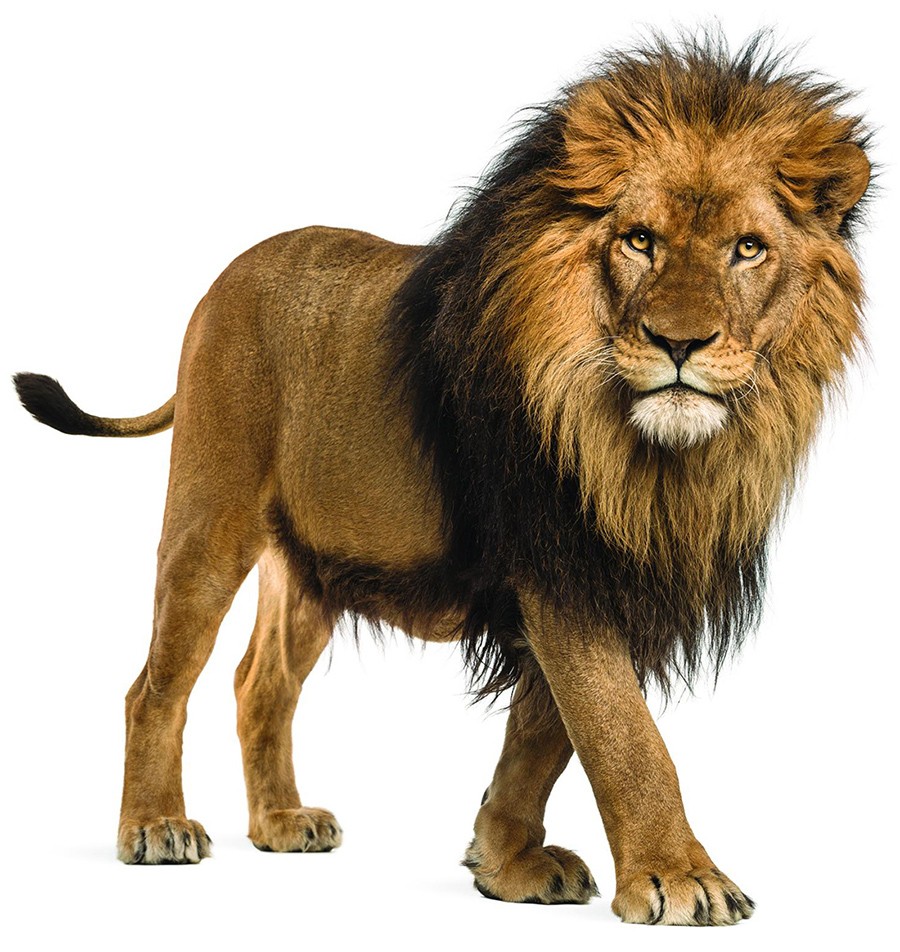
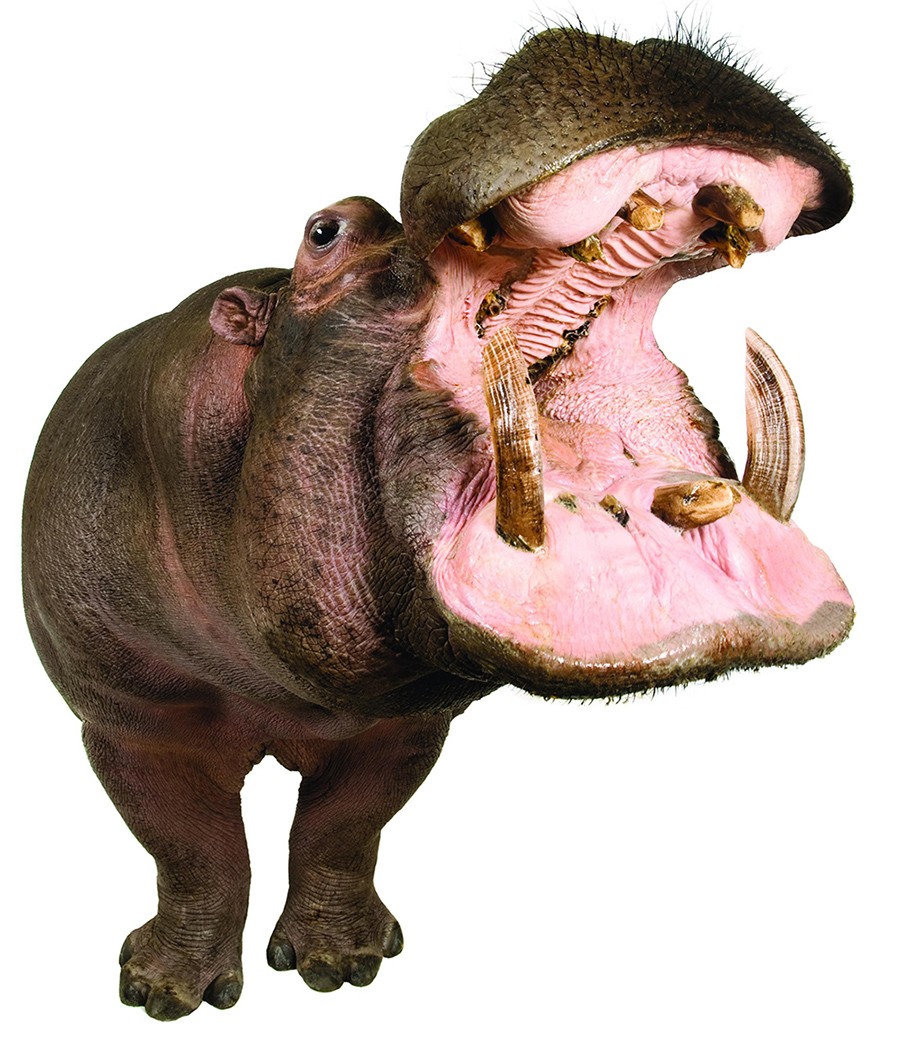

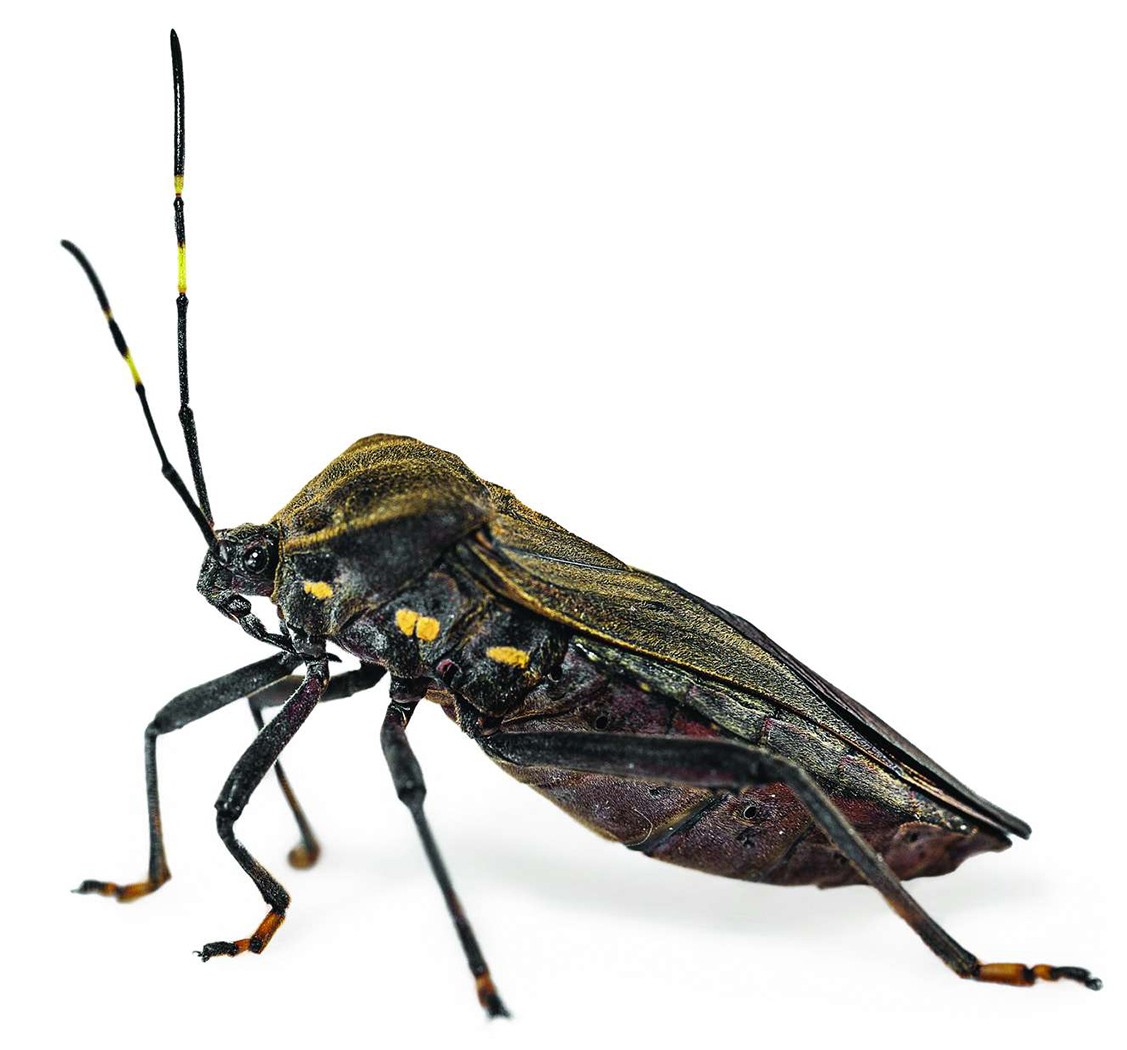
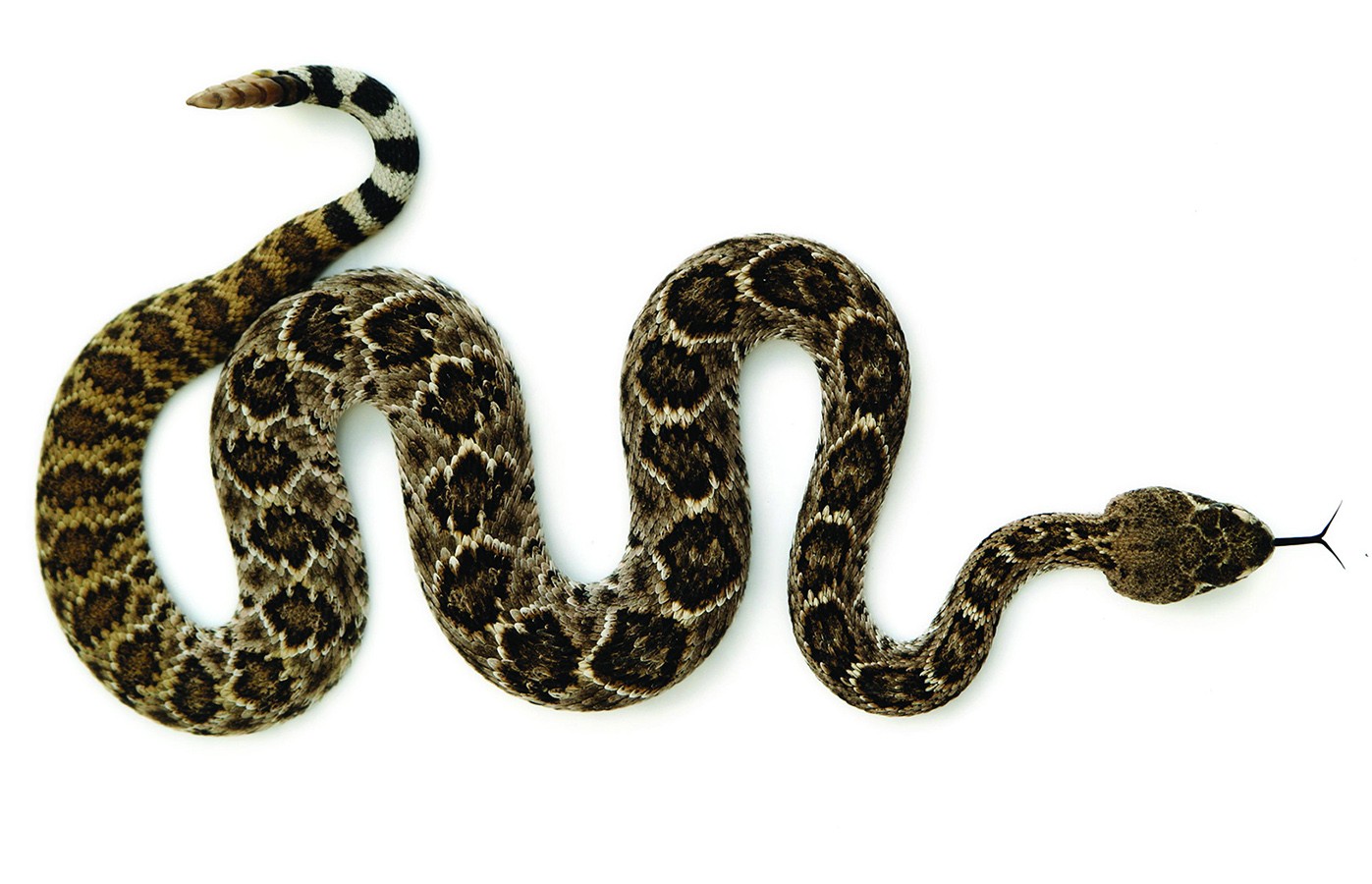
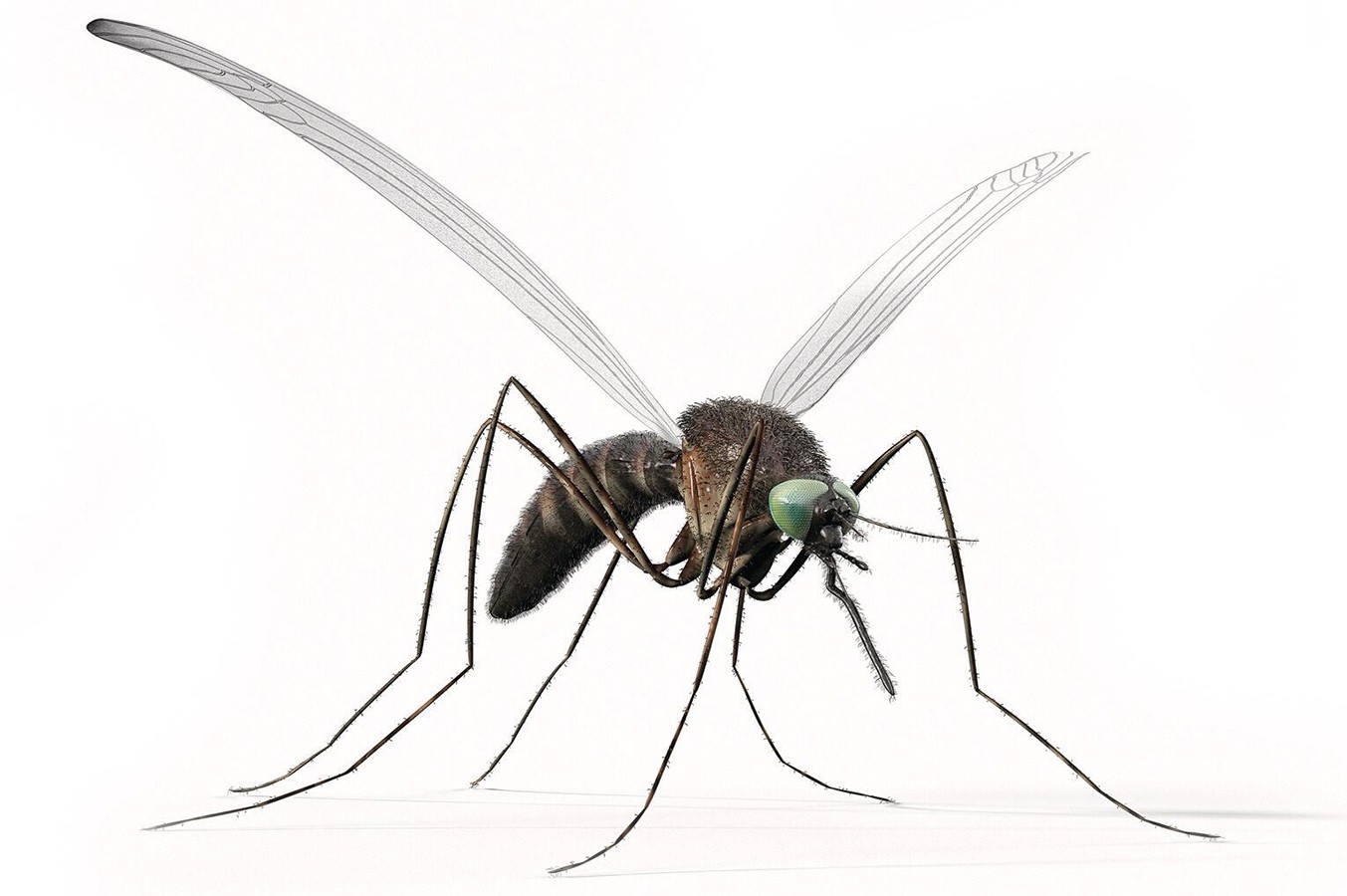
16. Expert Opinions on Deadly Animals
Dr. Wildlife Expert, a renowned zoologist, states, “Understanding animal behavior and respecting their space is crucial for minimizing conflict and ensuring safety.” Similarly, Professor Health Authority emphasizes, “Preventive measures, such as vaccinations and mosquito nets, are essential in reducing the impact of vector-borne diseases.”
17. Practical Advice
- Stay Informed: Keep up-to-date with local wildlife information when traveling.
- Respect Boundaries: Avoid approaching or feeding wild animals.
- Use Protection: Utilize appropriate protective measures like insect repellent.
- Seek Expertise: Consult with local experts for specific advice.
18. Case Studies of regions
18.1. African Regions
Malaria in sub-Saharan Africa accounts for a significant number of deaths. Utilizing mosquito nets and indoor residual spraying is crucial.
18.2. South American areas
Chagas disease is prevalent. Improving housing and hygiene to reduce assassin bug populations is essential.
18.3. Asian areas
Snake bites in rural areas are common. Educating communities and providing access to antivenom can save lives.
19. Additional Resources
- World Health Organization (WHO)
- Centers for Disease Control and Prevention (CDC)
- National Geographic
20. Statistical Data
| Animal | Deaths per Year | Region(s) Affected | Prevention Measures |
|---|---|---|---|
| Mosquitoes | 725,000 | Africa, Asia, South America | Mosquito nets, repellent, IRS |
| Snakes | 138,000 | Asia, Africa, South America | Education, antivenom access |
| Dogs (Rabies) | 59,000 | Asia, Africa | Vaccination programs, avoid stray animals |
21. The Economic Impact of Deadly Animals
The economic impact of deadly animals is substantial. Healthcare costs, loss of productivity, and the effect on tourism are significant factors. Addressing these issues through prevention and control measures can lead to economic benefits.
22. Addressing Common Misconceptions
-
Misconception: All snakes are deadly.
-
Fact: Only a small percentage of snake species are venomous and pose a threat to humans.
-
Misconception: Mosquitoes only bite at night.
-
Fact: Some mosquito species bite during the day as well.
23. How Climate Change Affects Animal-Related Deaths
Climate change influences animal-related deaths. Changes in temperature and rainfall patterns can affect the distribution and behavior of disease vectors and other dangerous animals. Understanding these changes is essential for predicting and mitigating future risks.
24. The Future of Human-Animal Interactions
The future of human-animal interactions depends on responsible behavior, conservation efforts, and ongoing research. Embracing a One Health approach, which recognizes the interconnectedness of human, animal, and environmental health, is essential for addressing the challenges ahead.
25. Conclusion: Staying Safe and Informed
The “most dangerous animal in the world” title goes to the mosquito, but it’s crucial to recognize the various threats posed by other animals. By staying informed, understanding animal behavior, and taking necessary precautions, you can minimize your risk and protect yourself and your loved ones.
Do you have any questions about dangerous animals? Visit WHAT.EDU.VN to get your questions answered quickly and for free. Our team of experts is ready to provide you with reliable information and helpful advice. Contact us at 888 Question City Plaza, Seattle, WA 98101, United States. You can also reach us via WhatsApp at +1 (206) 555-7890 or visit our website at what.edu.vn. We’re here to help you stay safe and informed.